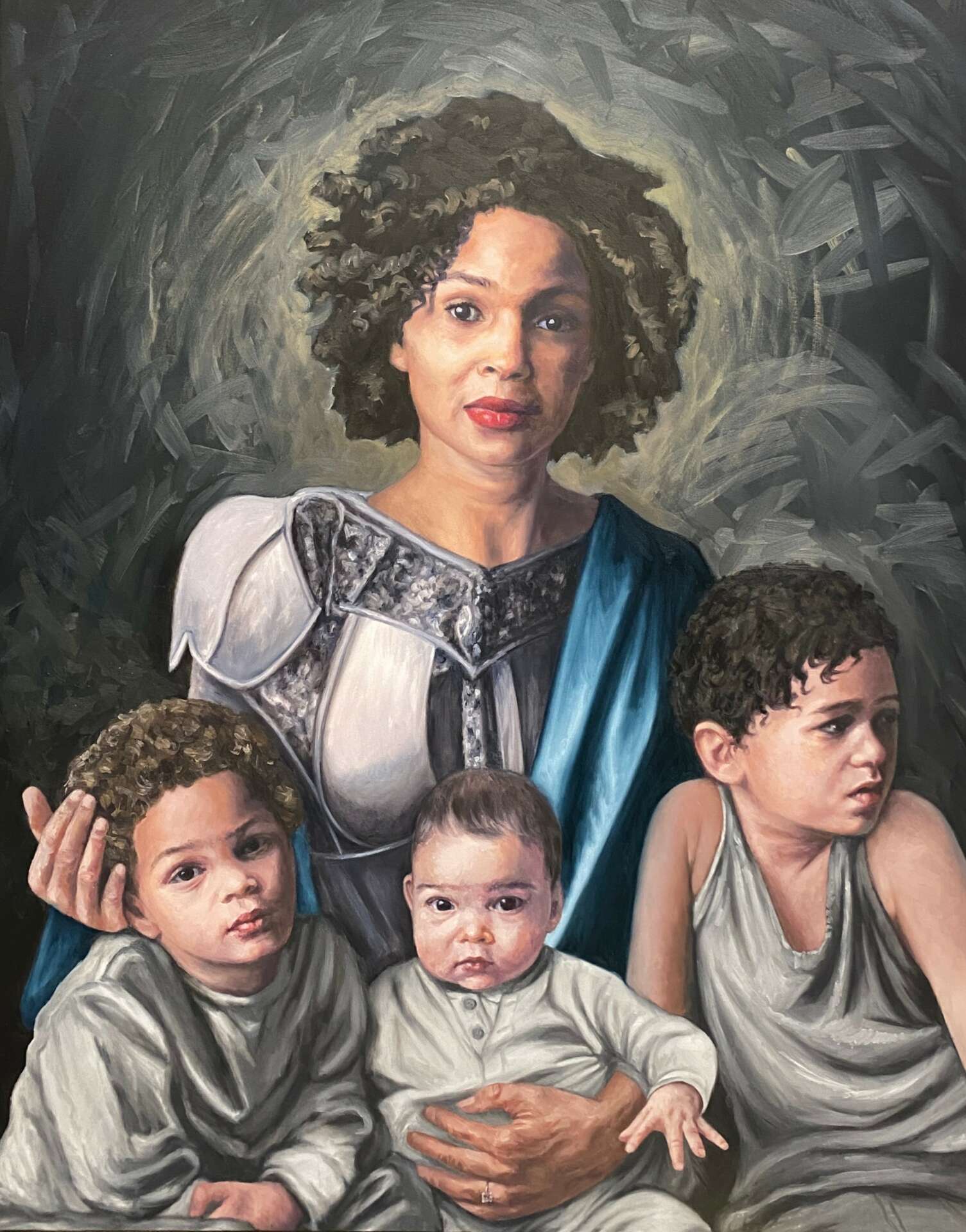We caught up with the brilliant and insightful Julia Bottoms a few weeks ago and have shared our conversation below.
Hi Julia, thanks for joining us today. Can you talk to us about how you learned to do what you do?
It’s been a life-long journey to learn my craft. I’ve been pursuing it since I was a child and I’ve always looked for ways to improve. I college I specifically took advantage of independent study courses where I could tailor my learning experience to my specific goals. So for example instead of taking an intro course I could travel to Toronto for a workshop, or Atlanta for a conference. I think one of the greatest skills I’ve developed over the years, is the ability/ desire to always look for a learning experience in everything. I look for them in teaching, in nature, even in my mistakes. I try to remain curious and excited and to never forget the value of going to the library.

Julia, before we move on to more of these sorts of questions, can you take some time to bring our readers up to speed on you and what you do?
I am a visual artist and muralist who specializes in figurative work. My primary focus in my studio practice is on creating representation for the Black community. Traditionally there is a major lack of classical works featuring us in positive and powerful positions. My art is trying to change that and create a visual record that celebrates our life, our culture, and us as individuals. My commission work focuses on the creation of heirloom-quality art that can be passed down from generation to generation. When painting portraits I try to find that certain “spark” that makes each person uniquely themselves. I love infusing my work with the sitter’s personality and creating art that you can feel. The quality that sets me apart in my field, is the ability to celebrate what others might perceive as “flaws” on a body. I believe that the most moving and beautiful portraits are those that depict us honestly. Laugh-lines are beautiful, freckles are beautiful; There is a richness and an authenticity to my work because I love capturing these details. It is this honesty within my art that I am most proud of.

For you, what’s the most rewarding aspect of being a creative?
The most rewarding aspect of being a creative is seeing spaces transformed by my work. It’s hard to describe how much I am moved on opening nights when I walk in and see a room filled with my community. It encourages me because it’s evidence of change. The fine arts world has traditionally excluded POCs, so to see us on the walls as the art and in the gallery as patrons means everything to me. My most recent exhibition at the Burchfield Penney Art Center was a great example of this. The organization was committed to the same goals as me and the invested so deeply in every aspect of making the show a success. All decisions were made with Black Women leading including my curator Ms Tiffany Gaines, and with incredible allies such as executive Director Scott Propeack who’s dedication helped create an unforgettable exhibition. It’s especially powerful to see children engaging with my art. They are the next chapter and what we teach them now, and the examples we show them as “normal” are what they will internalize. So if they see traditional art spaces as diverse and welcoming, that will become the reality. Burchfield Penney is dedicated to being a part of redefining what and who art spaces are for. That’s one of my greatest goals especially for Buffalo, NY where the racial divide still permeates so many aspects of our city’s day to day life.

Learning and unlearning are both critical parts of growth – can you share a story of a time when you had to unlearn a lesson?
One lesson I had to unlearn was the pursuit of “perfection”. Or rather I’ve had to redefine what perfection actually means to me. Is it “completeness”, is it stereotypical beauty standards? I no longer believe it’s either. For me, that measure had to change because it no longer aligned with my personal values. As a young artist I believed that realism was the ultimate goal and that everything in a painting had to be refined and polished. But as I’ve matured, I’ve learned that brushwork and texture make a work of art exciting. The push and pull of refined focal points alongside flat and simple areas creates a dynamic composition. These are the things that catch my interest now.

Contact Info:
- Website: Www.juliabottoms.com
- Instagram: Joo_lea
Image Credits
Amanda Lynn Bottoms


